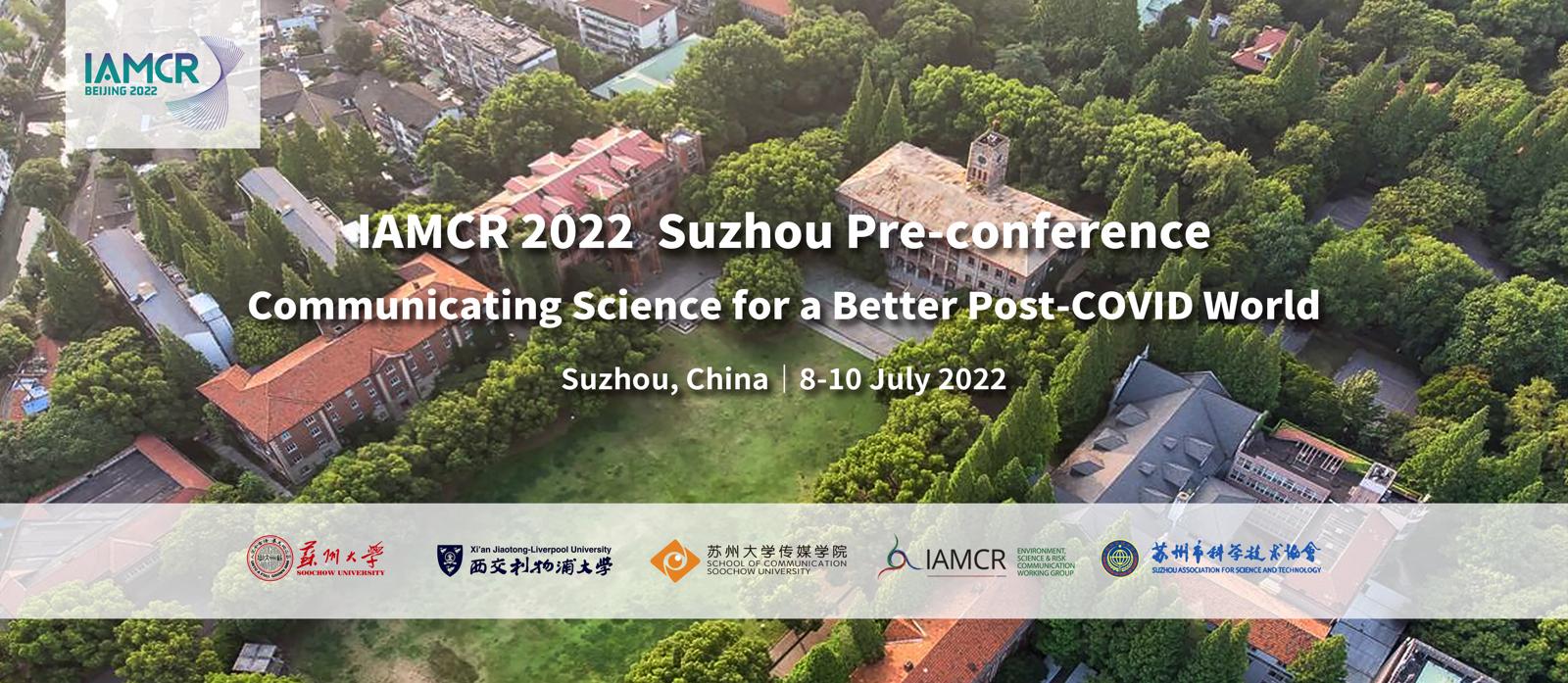As an important public health event, SARS has become the collective memory of the Chinese people. The outbreak of COVID-19 has revived people's memories of SARS. Compared with 2003, China's media environment has changed. Social media has become an important "memory field", providing spaces for the public to write memories. The media memories of SARS are more diversified, including both official media memories and private memories. This study mainly focused on the revived memories of SARS in social media. First of all, different from the grand SARS memories in traditional media, the SARS memories in Weibo(China’s Twitter-like social media platform)are trivial and closely related to personal experience, which belong to the dim light of the memory under the strong light. The SARS memories revived in social media are mainly the traumatic memories represented by SARS sequelae and bereavement, the symbolic memories of white vinegar, thermometer, eight-four disinfectant and other trivial memories of life during SARS. Secondly, it has been 17 years since SARS, and the memories of SARS reviving are inseparable from the outbreak of COVID-19.However, specific opportunities are still needed to revive memories. News about SARS and COVID-19 have become important opportunities for people to revive memories of SARS. At the same time, when people were watching films and television works related to SARS, the audiences will unconsciously revive their memories of SARS. In addition, people's own experiences also become a reason to revive the memory of SARS. Finally, the reviving of SARS memories is not random or disorderly, but there are certain rules to follow. The reviving mechanism of SARS memories in social media mainly includes the following points: First, analogy to revive. It mainly revived the memory of SARS by comparing it with other disasters, sad emotions and related experiences. Second, contrast to revive. In the context of the COVID-19 outbreak, the memories of SARS were revived by comparing the epidemic situation, epidemic prevention policies and the media environment of the two periods. Third, connect to revive. It emphasizes that the internal connection between events, time connection, important event connection and person connection are the important mechanism of reviving memory. As a platform for writing memory, social media plays a crucial role in memory revival .The revived and reappeared SARS memories may provide us with an intuitive opportunity to understand the reviving of media memories. Following studies need to be further returned to broader media platforms to find more possibilities.

 京公网安备 11010802039275号
京公网安备 11010802039275号